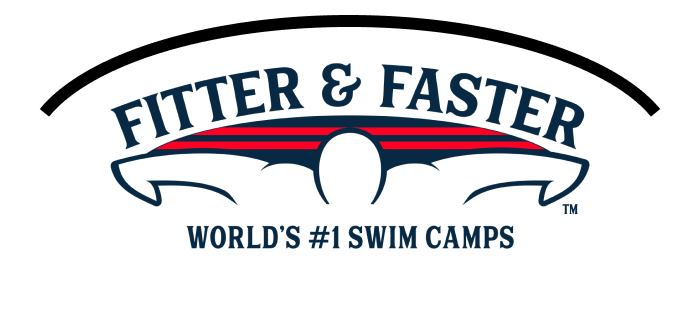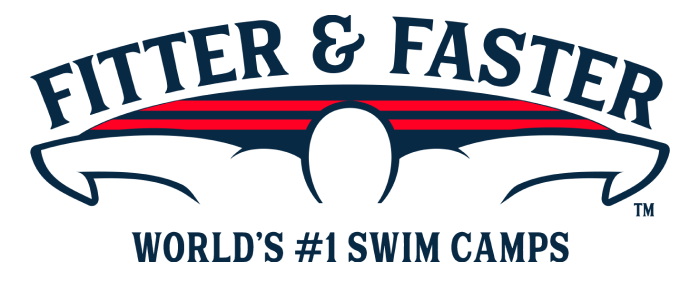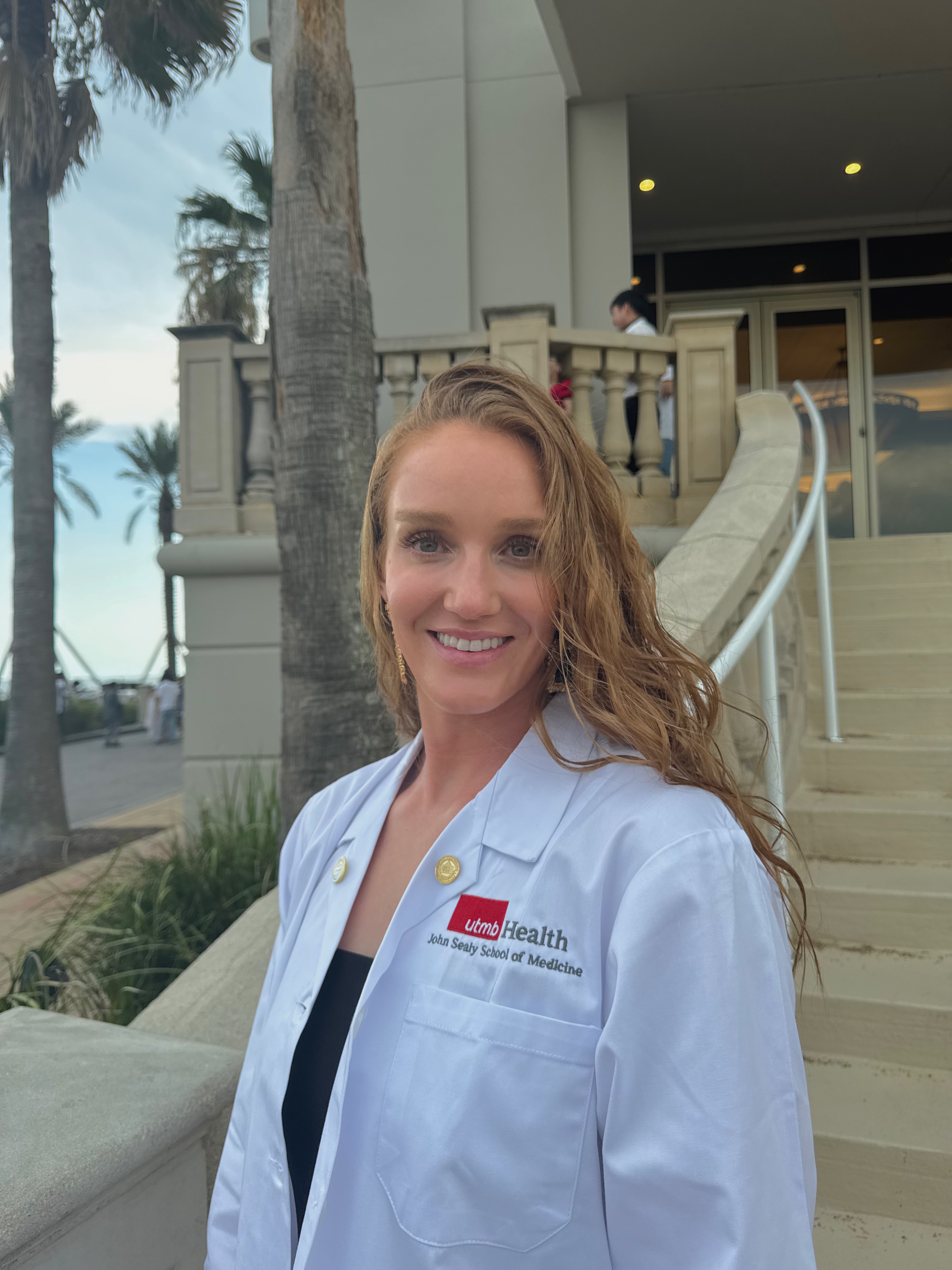Competitive Enrichment Swim Camp (Ages 7 to 10)
Westridge Recreation Center
9650 Foothills Canyon Blvd,
Highlands Ranch,
CO 80129
- days
- hours
- minutes
- seconds
Introduction
Fitter & Faster is producing a Competitive Enrichment Swim Camp for swimmers ages 7 to 10 at the Westridge Recreation Center in Highlands Ranch, Colorado on December 27 & 28, 2025!
This transformative and engaging swim camp is designed to help young swimmers build foundational competitive skills, boost their confidence, and foster a lifelong love for swimming. If you have swimmers in different age groups, check the links below.
COMPETITIVE ENRICHMENT SWIM CAMP (Ages 7 to 10)
-> DAY 1 (Saturday, December 27): Butterfly Technique
-> DAY 2 (Sunday, December 28): Breaststroke Technique
Scroll down for details on the curriculum!
-> Availability in each session is limited to 24 participants to ensure the highest level learning experience.
-> SAVE when you purchase the “Entire Camp Bundle” for your swimmer.
SESSION START TIMES FOR BOTH DAYS: Check in 12:30 PM, Camp 12:45-3:15 PM
ADDITIONAL SWIM CAMPS IN HIGHLANDS RANCH, CO:
Suggested Participants
Our top priority is to provide a world-class learning experience for all participants at all of our camps. This clinic specifically caters to swimmers ages 7 to 10, focusing on developing essential techniques and skills needed for their progression in the sport.
Curriculum
Butterfly and breaststroke are special strokes that use a wave-like motion through the hips to move forward. Because they’re so unique, they can be tricky to swim without slowing down! That’s why good technique and body control are super important. At this fun and focused swim camp, swimmers will work on both strokes together—because they actually help each other improve!
DAY 1 (Saturday, December 27): BUTTERFLY TECHNIQUE
Butterfly can be the most challenging stroke for younger swimmers due to its upper body demands and the difficulty in breaking the stroke into manageable drills. Teaching proper technique early, when strength is still developing, allows swimmers to build efficiency and confidence without relying on brute force. With instruction from our elite clinicians, your swimmer will learn a smooth, relaxed, and efficient Butterfly stroke that will serve them throughout their swimming career.
- BODY POSITION: Maintaining a streamlined body position is key in butterfly. Swimmers must keep their head low, chest pressing forward and down, and hips high to reduce drag. The three focus points below help young swimmers keep their bodies up on top of the water making it easier to maintain the proper rhythm.
- BODY UNDULATION: Butterfly relies on coordinated undulation (up and down movement) of the hips, shoulders and feet, which drives the arms through the water and helps move the head into position for breathing. Young swimmers often disrupt their timing when attempting to do two kicks during their stroke. While we want to add a second kick, establishing a single undulation for each stroke cycle is more important and should be tackled first.
- EARLY BREATH: Proper breath timing is crucial for maintaining an efficient body position in the water. Young swimmers often begin their breath too late, resulting in most of the breath occurring while their arms are out of the water during the recovery. With their head lifted and no arm support, their body tends to sink. To avoid this, the breath should begin as the swimmer initiates their pull, and by the time their arms exit the water, the head should already be moving back down. This timing allows the pull to support the body during the breath, keeping the hips high and reducing drag.
- ARM MOMENTUM: Butterfly can be a demanding stroke, but it offers an opportunity to pause and glide with the arms extended in front and the hips pressing upward. This brief pause helps swimmers move quickly through the back end of their stroke, generating momentum for the recovery while minimizing the time their head remains lifted out of the water. Our clinicians will work with your swimmer to eliminate any unnecessary pauses with their hands at their sides, promoting greater fluidity and consistent momentum throughout their stroke.
DAY 2 (Sunday, December 28): BREASTSTROKE TECHNIQUE
Of all the strokes, competitive breaststroke differs the most from the foundational form taught to young swimmers. This makes it one of the most challenging techniques to master. Our elite clinicians are here to help your swimmer develop race-ready breaststroke skills!
- GLIDING: Competitive breaststrokers glide with their hands extended in front, reaching toward the far wall. They hold this extended position until and for several moments after the kick is completed. Maintaining a long, almost streamlined bodyline during the glide is key to maximizing efficiency and speed.
- HIGH HIPS: A fast breaststroke requires swimmers to keep their hips high in the water at all times. This involves minimizing the time their head stays out of the water. Swimmers will learn to initiate their breath early in the pull and avoid pausing with their hands near their chest—a critical step for maintaining momentum.
- KICK: The kick is the powerhouse of breaststroke. Swimmers will work on lifting their heels (instead of pulling their knees forward) and snapping their feet quickly around and back to generate strong propulsion. Emphasis will be placed on maintaining the kick within the same horizontal plane and rotating the ankles throughout the motion to develop a powerful and legal kick. Our clinicians will guide participants in refining and strengthening their kick to achieve maximum forward momentum.
- PULL: The key to breaststroke is generating propulsion with the pull while minimizing resistance—and quickly returning to a straight bodyline for a high-speed glide. Many young swimmers have too big of an armstroke which impacts their timing and can even lead to disqualification. Swimmers in this clinic will learn to establish a proper "catch," keeping their hands and elbows high in the water and in front of their shoulders throughout the pull. These techniques will help them maintain forward momentum and achieve their fastest breaststroke.
ASK QUESTIONS
Swimmers and parents are invited to ask the clinicians questions during a Q&A session. Gain insight into their training regimen, diet and nutrition, and recovery tactics.
WATCH THE CLINICIANS
Observe clinicians swim at full speed and demonstrate a progression of perfectly executed drills to achieve powerful, efficient and fast swimming.
PUT YOUR SKILLS TO THE TEST
Throughout the camp, swimmers will practice what they've learned with some of the world's most elite Swimmer Clinicians and coaches!
Take a photo, get autographs, and chat with your clinicians!
Inquisitive, Educated Swimmers are Faster Swimmers! Sign up today!







